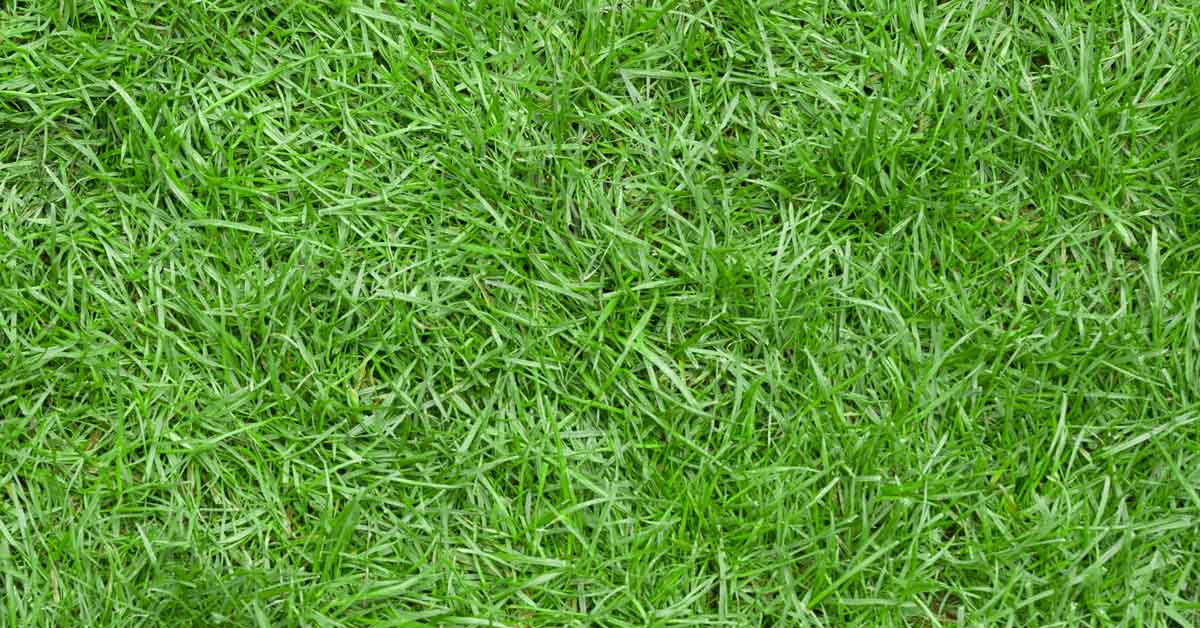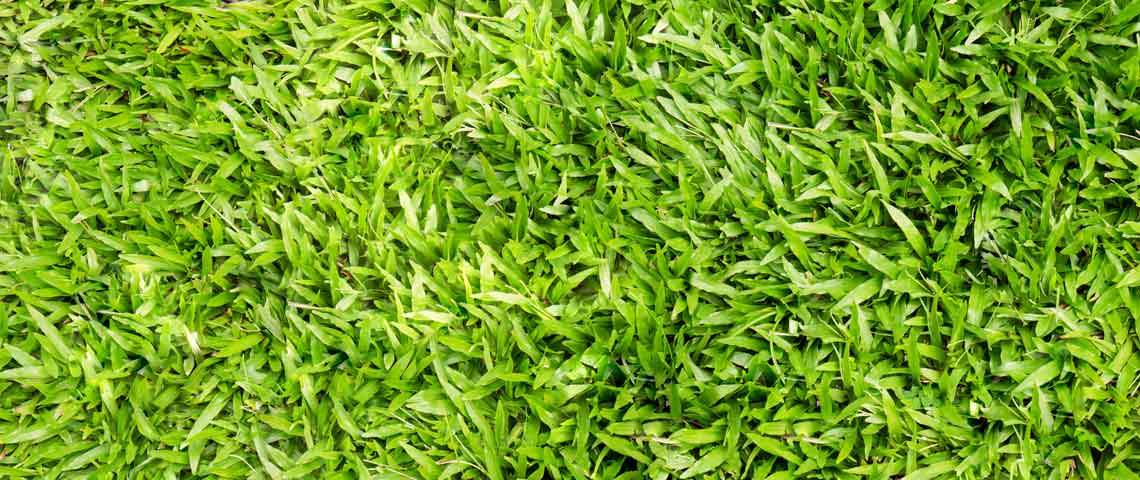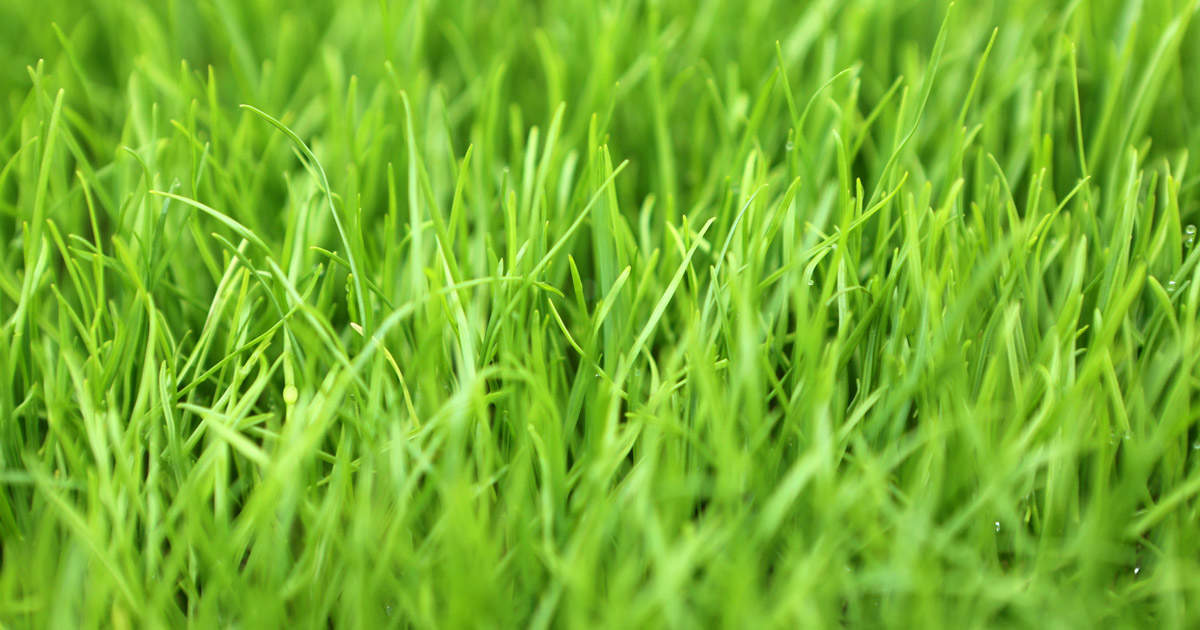Best Summer Grass Types For Your Lawn
Title: Best Summer Grass Types for Your Lawn
Introduction:
Summer is here, and that means hot weather and plenty of sunshine. If you're looking for a grass type that will thrive in these conditions, you've come to the right place. In this blog post, we'll discuss the best summer grass types for your lawn, along with their pros and cons.
Main Content:
There are two main types of grass: warm-season grasses and cool-season grasses. Warm-season grasses are best suited for hot, humid climates, while cool-season grasses prefer cooler temperatures. If you live in a warm-season climate, here are some of the best grass types for your lawn:
- Bermudagrass: Bermudagrass is a very durable and heat-tolerant grass that is also resistant to drought and pests. It does best in full sun and can tolerate a wide range of soil conditions. However, Bermudagrass can be difficult to establish and requires regular mowing.

- Zoysiagrass: Zoysiagrass is another heat-tolerant and drought-resistant grass that is also relatively low-maintenance. It grows slowly and has a fine texture, making it a good choice for lawns that are walked on frequently. Zoysiagrass does best in full sun but can tolerate some shade.

- Centipedegrass: Centipedegrass is a versatile grass that can tolerate a wide range of conditions, including hot weather, drought, and shade. It is also relatively resistant to pests and diseases. However, centipedegrass can be difficult to establish and requires regular mowing.

- Bahiagrass: Bahiagrass is a heat-tolerant and drought-resistant grass that is native to the southeastern United States. It grows quickly and has a coarse texture. Bahiagrass does best in full sun and can tolerate some salt. However, it is not as resistant to pests and diseases as some other warm-season grasses.
If you live in a cool-season climate, here are some of the best grass types for your lawn:
- Tall fescue: Tall fescue is a hardy and drought-resistant grass that is also relatively low-maintenance. It grows well in full sun and partial shade and can tolerate a wide range of soil conditions. However, tall fescue can be susceptible to pests and diseases in warm weather.
- Fine fescue: Fine fescue is a low-maintenance and shade-tolerant grass that is also relatively drought-resistant. It grows best in partial shade and does not require as much mowing as other grass types. However, fine fescue can be susceptible to pests and diseases in warm weather.

- Kentucky bluegrass: Kentucky bluegrass is a popular grass type that is known for its deep green color and fine texture. It grows well in full sun and partial shade and can tolerate a wide range of soil conditions. However, Kentucky bluegrass can be susceptible to pests and diseases, especially in warm weather.
- Perennial ryegrass: Perennial ryegrass is a fast-growing grass that is often used for overseeding in the fall. It is relatively cold-hardy and drought-tolerant, but it does not do well in hot weather.

Conclusion:
The best summer grass type for your lawn will depend on your specific climate and growing conditions. If you live in a warm-season climate, Bermudagrass, Zoysiagrass, centipedegrass, or Bahiagrass are all good options. If you live in a cool-season climate, tall fescue, fine fescue, Kentucky bluegrass, or perennial ryegrass are all good options.
No matter which grass type you choose, make sure to do your research and select a variety that is suited for your specific needs. With proper care and maintenance, your lawn will be looking its best all summer long.
Are you looking for the best summer grass type for your lawn? Visit Home Gardening for more information about the different types of summer grasses, as well as tips on how to choose the right one for your climate and soil conditions.
Home Gardening is a trusted resource for all things lawn care, and their team of experts can help you find the perfect summer grass for your needs. They offer a variety of resources, including articles, blog posts, and videos, as well as a free consultation service.
So what are you waiting for? Visit Home Gardening today and learn more about summer grass types!
FAQ of summer grass types
- What are the most common summer grass types?
- The most common summer grass types in the United States include Bermuda grass, zoysia grass, and St. Augustine grass. These grasses are all warm-season grasses, which means they thrive in hot, humid weather.
- Which summer grass type is right for my lawn?
- The best summer grass type for your lawn will depend on your climate, the amount of sunlight your lawn receives, and your personal preferences. For example, if you live in a hot, humid climate, Bermuda grass or zoysia grass may be a good choice. If you have a shady lawn, St. Augustine grass may be a better option.
- How do I care for my summer grass?
- Summer grasses need regular watering, especially during hot, dry weather. You should also fertilize your lawn every few months to help it stay healthy and green. In addition, you should mow your lawn regularly, but not too short. The ideal height for most summer grasses is 2-3 inches.
- What are some common problems with summer grasses?
- Some common problems with summer grasses include crabgrass, brown patch, and dollar spot. Crabgrass is a type of weed that can quickly take over a lawn. Brown patch and dollar spot are fungal diseases that can cause brown patches to appear on your lawn. If you see any of these problems, you should treat them immediately to prevent them from spreading.
- How can I prevent summer grass problems?
- There are a few things you can do to prevent summer grass problems. First, make sure you are watering your lawn regularly, especially during hot, dry weather. Second, fertilize your lawn every few months to help it stay healthy and strong. Third, mow your lawn regularly, but not too short. Finally, keep an eye out for weeds and diseases and treat them immediately if you see any problems.
Post a Comment for " Best Summer Grass Types For Your Lawn"